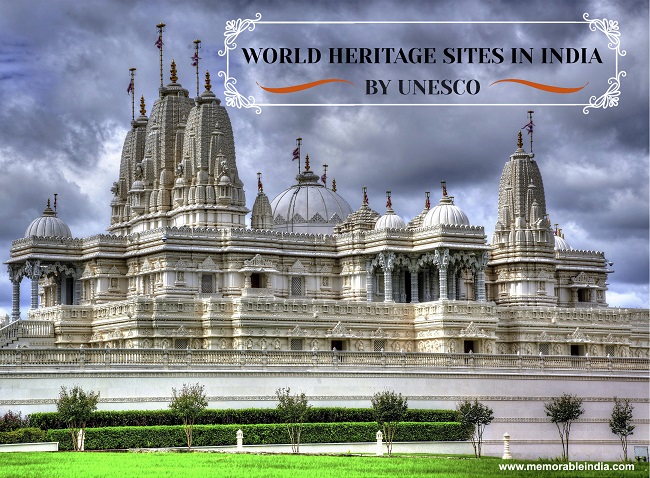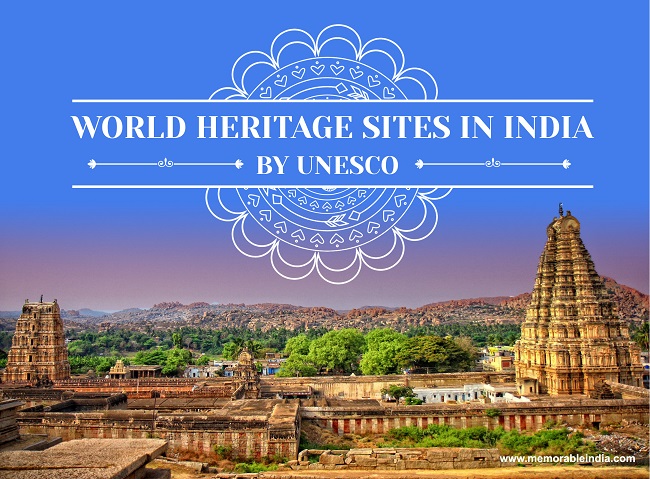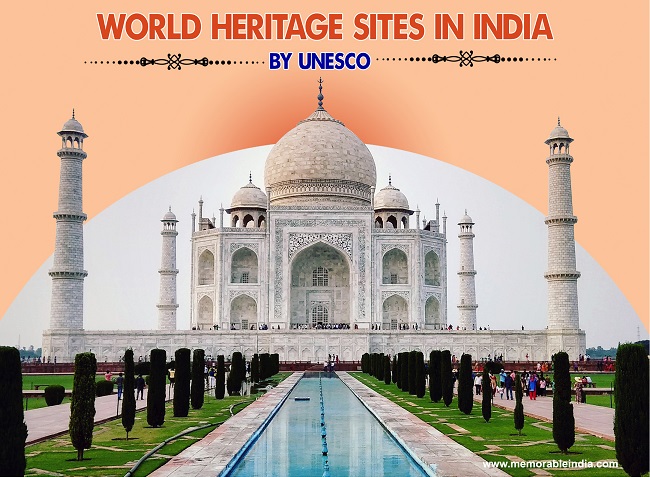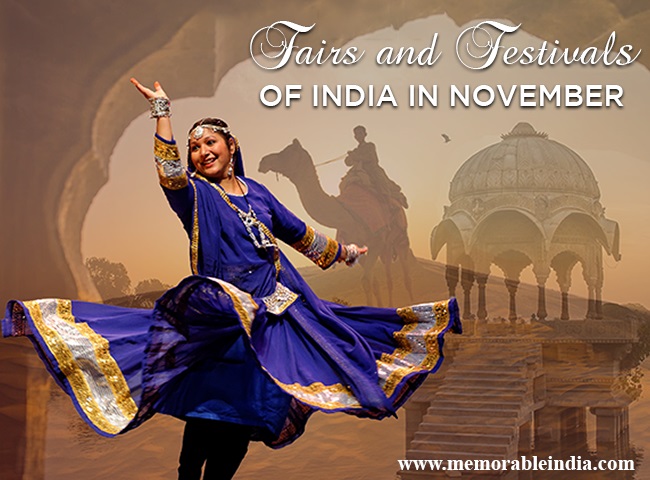Sinchita Mitra
This is the 3rd part of the series UNESCO World Heritage Sites in India, Read 2nd part here….
21. Nalanda Mahavihara (Nalanda University), Bihar
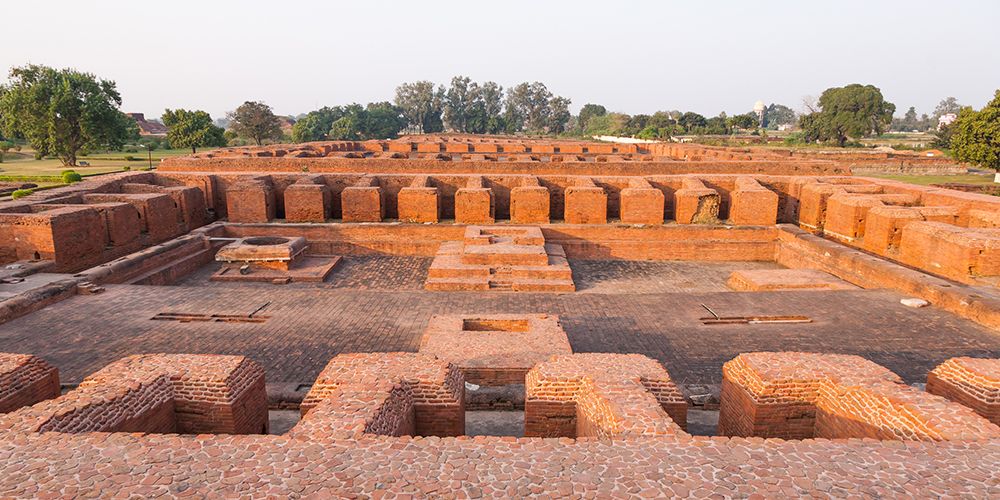
Now in ruins, the Nalanda Archaeological Site was the centre of knowledge and learning in Bihar. It was also a Buddhist monastery, and you can still see the ruins of stupas, shrines, and viharas, all of which are icons of Buddhist culture.
Just stroll around the campus and watch the time go back into the past. Nalanda was an extremely important site for the spread of Buddhism since it fostered the region and also spread the knowledge for over 800 years.
This was also the first residential university in the World, that is, monks and other students used to live here as well as attend their classes right at this spot.
22. Chhatrapati Shivaji Maharaj Terminus (formerly Victoria Terminus), Maharashtra
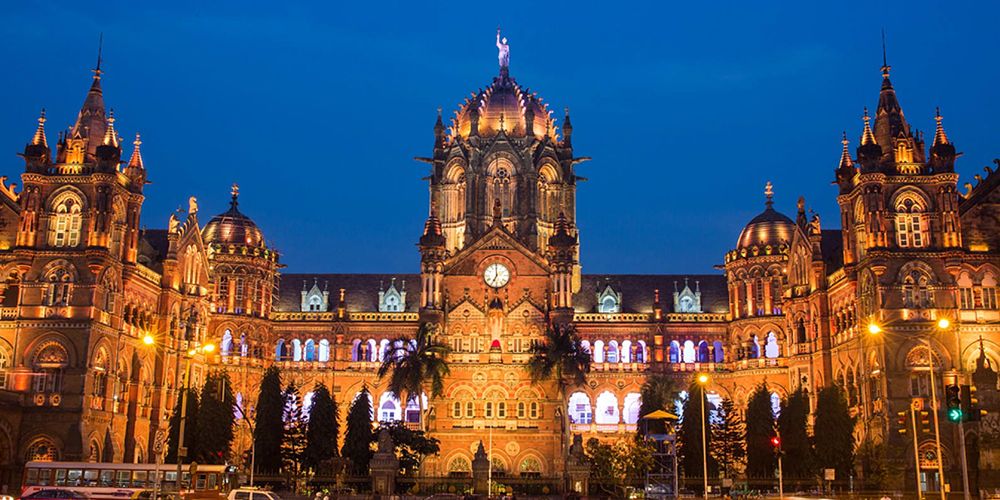
On a regular day, you won’t be able to find a quiet time for yourself at this bustling train station in the heart of Mumbai. Filled with passengers and commuters all the time, the Chhatrapati Shivaji Maharaj Terminus, which was once fondly called the Victoria Terminus is an exemplar in Indian architecture.
It is the main station and hub of Mumbai and was built by the colonial rulers. This gothic style architecture is the life and blood of Mumbai and is one of the icons of Mumbai. The CSMT is also flanked with other colonial structures that just make the ambience even more colonial times and beautiful.
There is also a museum inside the station which is open to visitors. The museum has some amazing artefacts and materials that talk about the history and origin of the station. Each nook and corner of this station is filled with architectural gem, that has a story to tell.
If you want to experience the beauty of this station at its fullest then come here at night, when the entire exterior walls of the station are lighted up. The scene is serene.
23. Toy Trains
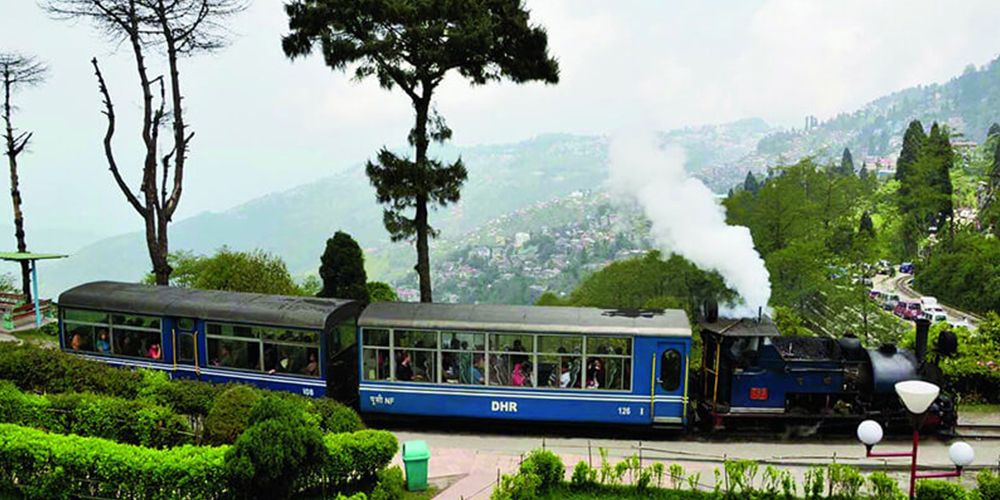
This extensive and amazing railway network of India consists of the Darjeeling Himalayan Railway, the Nilgiri Mountain Railway, and the Kalka-Shimla Railway. The train traverses the great North Bengal, which is filled with scenic scenes. This is also called a Toy Train, and you will be crossing amazing tea gardens, the majestic Tiger hills and passing through long never-ending tunnels that add the eerie feeling to this joyful ride. This train is not only meant for sightseeing but also solves the great issue of connectivity that once existed in the North Bengal. The extensive beauty of the emerald fields and the rough rustic mountains is just a bonus.
24. Qutub Minar and its Monuments, New Delhi
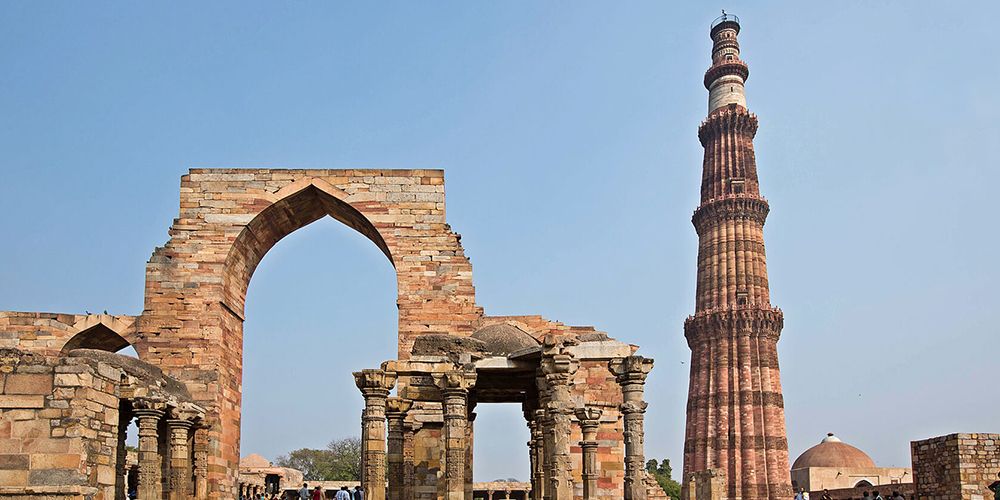
Delhi can be called a minefield of historical and cultural gems many of which have made it to the World Heritage Sites. Another such gem is the Qutub Minar, which was constructed in 1193 by the first ruler of the famous Slave Dynasty. The monument is nestled amid the Qutub Complex which also houses may other popular and historically significant monuments.
But towering at 73m in height, the Qutub Minar has its charm. This was built in the owner of a Sufi Saint, highly patronised by Qutub-ud-din Aibak. If you walk around this complex you will also come across the ruins of several ancient monuments like the Quwwat-ul-Islam, which was said to be the first mosques in India. The Qutub Minar is also surrounded by lovely brick minarets that just add a charm to the main attraction.
25. Champaner-Pavagadh Archaeological Park, Gujarat
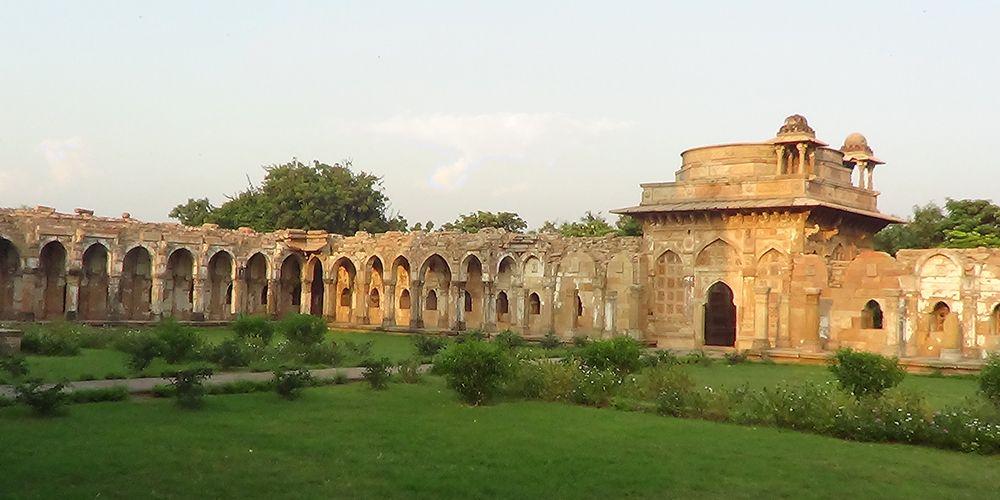
This enchanting archaeological park is a trip down an era that doesn’t exist anymore. Situated in the state of Gujarat, this ruined city was once a busy town built by Sultan Mahmud Begada Sultan Mahmud Begada. This city was constructed before the Mughal era, and some parts of Champaner is still left to be excavated and explored.
A stroll around this park will introduce you to several broken and dilapidated monuments that were once the pride of the city. You will find mosques, gateways, walls and even temples that are just lying there, having so much to say.
You can also observe the amazing transition between the Hindu style of architecture to the more recent Islam style of architecture. This place is like a treasure chest for history fanatics.
26. Great Himalayan National Park, Himachal Pradesh

The Great Himalayan National Park is as grand as it sounds. Located in Kullu, this forest covers us spread across an area of 754 sq. Km. Snuggled in the snowy region of the Northern Himalayas, this park is a treat to the eyes. You will find several glacier melts and pristine rivers that flow through this park making it even more serene.
The park hosts a variety of flora and fauna, and you will be surprised by the sheer amount of diversity that there is. From rare animals like blue sheep, the elusive snow leopard to the amazing chestnut trees, this national park just keeps on giving. It is a brimming biome that is filled with an extensive variety of life. The glaciers just add another hue to this colourful forest, making it look divine.
27. Hill Forts of Rajasthan
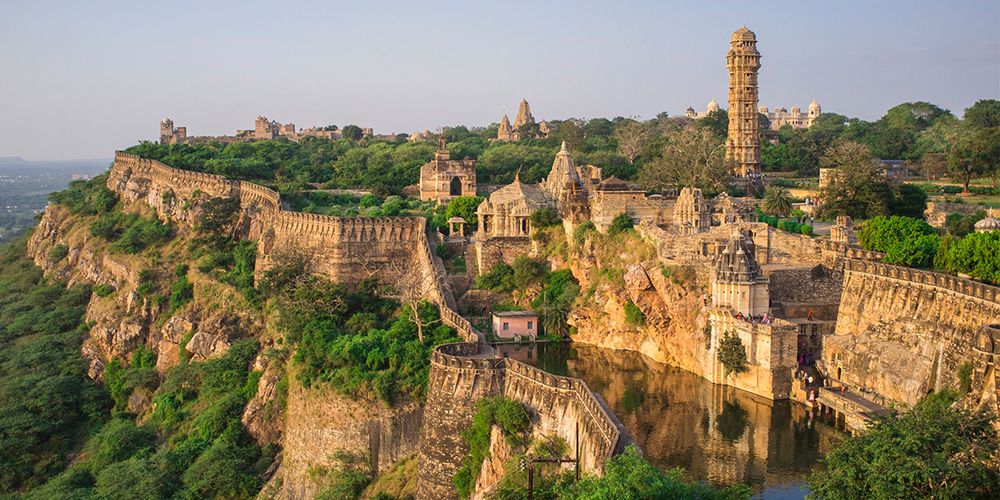
Rajasthan is known to be a box full of historical gems. From the colourful bazaars to the shimmering Thar Desert- Rajasthan has given India some of the most memorising sites. Another such brilliant site is the Hill Forts of Rajasthan. Six awe-inspiring forts make up the Hill Forts Chittorgarh, Kumbhalgarh, Ranthambore Fort, Gagron Fort, Amber Fort, and Jaisalmer Fort. All of these forts served as the Rajput Defence systems, and the architecture is marvellous.
The Forts are huge and each of its areas is created to make sure that the enemies cannot penetrate. A simple tour through any of these Forts and you would be fascinated by the planning that went into designing these Forts. From the gate sizes to the fortifications- everything was spot on. Around these forts, there are palaces, temples, markets that make them look even more royal.
These Forts also had an amazing water storage system. This allowed them to harvest crops inside the forts, thus making sure that they would still have food and water even during a siege.
28. Churches and Convents of Goa
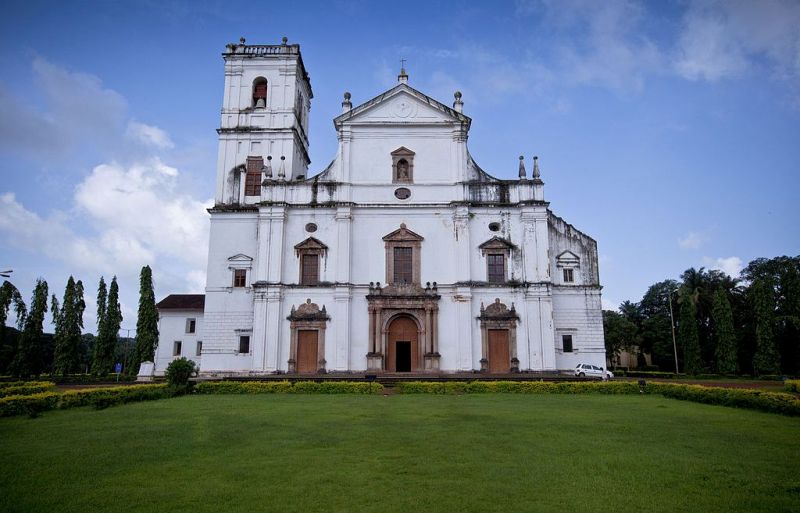
The hub of Portuguese colonisation, Goa still have all the icons of those times left. If you visit Goa today, in certain parts you will still find the Portuguese culture alive and brimming with life. There are so many convents and churches in Goa that you will be spoilt for choice. All of these churches are unique and different in their way, which have made them a part of the UNESCO World Heritage Sites in India.
These churches are starkly different from the image that has now been associated with Goa. The old Goa still has the catholic culture brimming and it is worth exploring. One of the most popular of the church is the Basilica of Bom Jesus, the church is said to have the relics of St. Francis Xavier’s.

